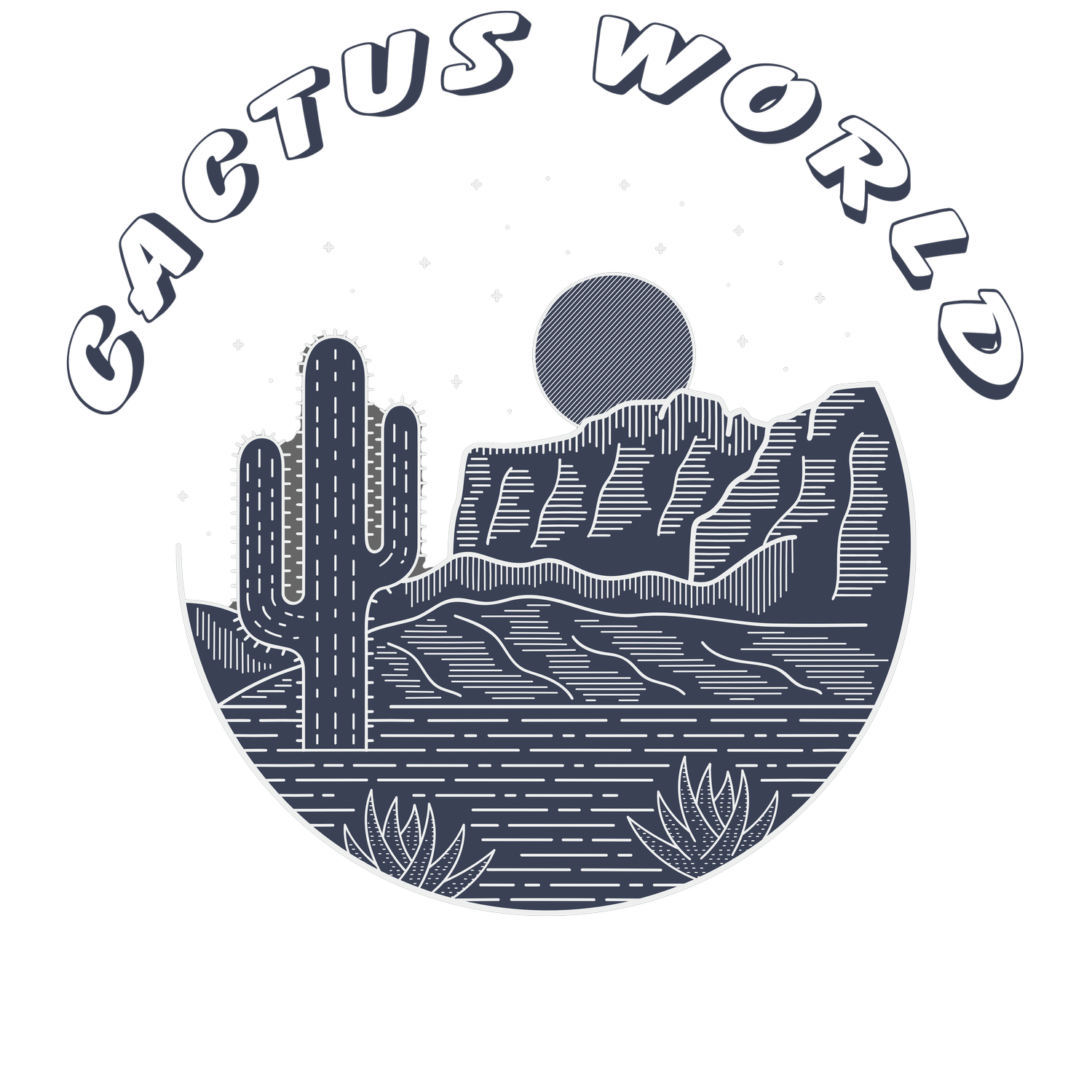Embracing Xeriscaping: Why Cacti Are the Green Choice for a Sustainable Future
In a world where water conservation is becoming increasingly crucial, the concept of xeriscaping – landscaping with drought-tolerant plants – is gaining traction like never before. And leading the charge in this green revolution are our resilient, water-wise friends: cacti. But why the sudden surge in popularity, and why should you consider adding these prickly wonders to your garden? Let's explore the compelling reasons driving the shift towards xeriscaping and why cacti are a sustainable choice for eco-conscious individuals.
Water Conservation:
Water scarcity is a pressing issue, especially in regions prone to droughts. Traditional landscaping with thirsty grass lawns and water-intensive plants contributes significantly to water waste. Consider this: a single square foot of a typical lawn requires around 0.62 gallons of water per week to stay green and healthy. Multiply that by the vast expanse of lawns across the United States, and you have a staggering amount of water being consumed purely for aesthetics.
Now, compare that to the water needs of a desert icon – the majestic Joshua tree. Despite its towering presence and striking appearance, a mature Joshua tree requires only about 20 inches of rainfall per year to survive. In contrast, maintaining a traditional lawn can consume hundreds of gallons of water per week during the growing season.
Environmental Impact:
Beyond water conservation, xeriscaping with cacti offers numerous environmental benefits. Cacti are uniquely adapted to arid environments, requiring minimal water to thrive. By incorporating these drought-tolerant plants into our landscapes, we can significantly reduce our reliance on irrigation systems and conserve precious water resources.
Moreover, cacti play a vital role in supporting biodiversity and ecosystem health. Their nectar-rich flowers attract pollinators such as bees and butterflies, contributing to the health of local ecosystems. Additionally, their spiny, water-storing stems provide shelter and refuge for desert wildlife, further enhancing biodiversity.
Sustainability in Action:
Choosing cacti for your landscape not only conserves water but also promotes sustainability on multiple fronts. Unlike traditional lawns that require regular mowing, fertilizing, and pesticide applications – all of which contribute to air and water pollution – cacti are low-maintenance plants that thrive with minimal intervention.
Furthermore, xeriscaping with cacti reduces the need for chemical inputs, such as herbicides and pesticides, promoting a healthier, more ecologically balanced environment. By embracing xeriscaping and incorporating cacti into our landscapes, we can create vibrant, water-efficient gardens that support both people and planet.
Conclusion:
In an era defined by environmental challenges and the urgent need for sustainability, xeriscaping with cacti emerges as a compelling solution. By choosing drought-tolerant plants like cacti for our landscapes, we can significantly reduce water consumption, minimize environmental impact, and create resilient, eco-friendly gardens that thrive in harmony with nature.
So, why not join the movement towards xeriscaping and embrace the beauty and sustainability of cacti? With their striking forms, vibrant blooms, and unmatched resilience, cacti offer not just a landscaping choice, but a statement of commitment to a greener, more sustainable future.
